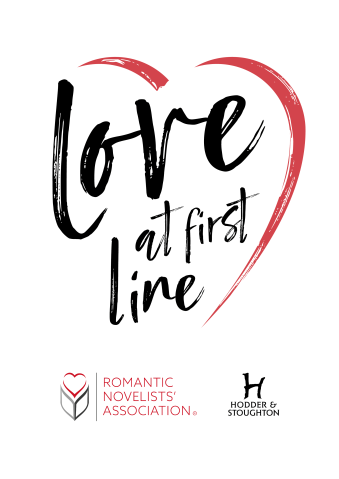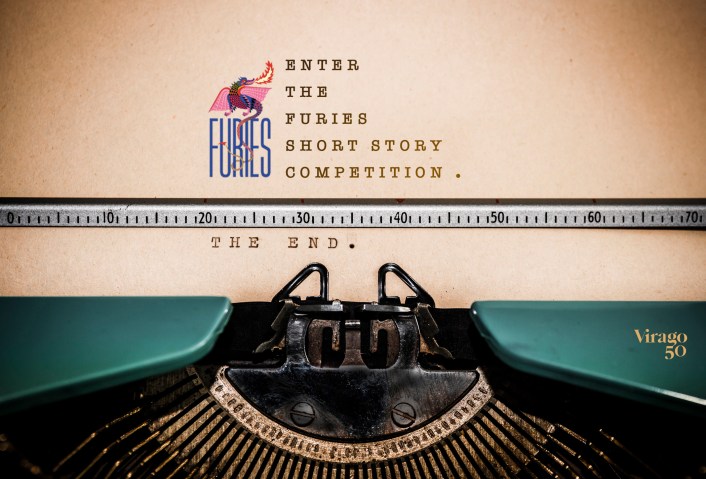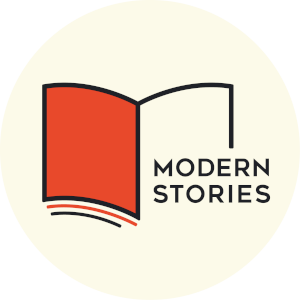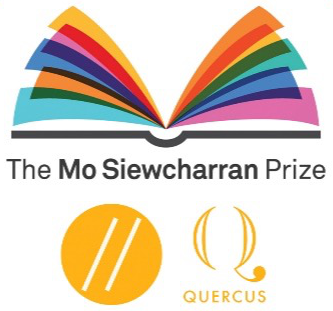‘There are plots which you’ve been reading or watching unfold for your whole life’
Since the beginning of the Western storytelling tradition, stories have had plots. Your job is to invite your reader on an emotional ride. By choosing a plot, you are giving them clues about what to expect.
from Write A Novel in Ten Minutes a Day by Katharine Grubb
According to E.M. Forster, ‘The king died and then the queen died’ is a story. ‘The king died, and then the queen died of grief’ is a plot. While the story asks ‘What happened?’ the plot asks ‘Why does it happen?’ By asking ‘Why?’ in the beginning of our novel sculpting, you are choosing a category of story. This prepares your reader for the emotional journey you are about to create. Even if you already familiar with various common plots, it is good to review them. Familiarizing yourself with how your specific plot works can help you draft your story later.
If you want to coax your reader forward, have them trust you with their emotions, join with you on the ride, then you need to align your plot with general ideas that have been around for centuries. A skilled novelist assures his reader that this adventure story will go somewhere exciting, that the romance will be passionate and that the mysteries will be solved.
Much has been written about the various plots in Western culture. I’ve aligned to conventional wisdom by suggesting that there are seven. The basic storyline of any story, no matter how complicated, no matter the genre, style or setting, could, potentially, fall into one or more of these seven plot categories. The definitive explanation of these seven plot stories is in Christopher Booker’s 2004 tome The Seven Basic Plots: Why We Tell Stories. These seven will be familiar to you. You’ve been reading or watching them your whole life.
1 Overcoming the monster
In this plot, the objective of the main character is to conquer the force that is attacking his homeland. Stories using this plot would include any monster movie; they can be as simple as Godzilla or as complex as The Andromeda Strain or The War of the Worlds. A skilled writer uses tense scenes to build suspense. He manipulates the story in such a way that a reader is never completely sure that the good guy will be victorious. The author must explain why the monster is so dangerous and why the main character is the only one that can do the overcoming. Most ancient Greek and Roman myths – those of Heracles, Perseus and Theseus, for example – fall into this category. More recent examples include The Pushcart War, Of Mice and Men, the Harry Potter series, The Girl with the Dragon Tattoo, Jaws, The Andromeda Strain, A Tale of Two Cities, Dracula,
Frankenstein, War of the Worlds, and the James Bond stories.
2 The quest
These stories include adventure, discovery, rescue, escape, pursuit, voyage, or any type of story in which the main character has to travel from one place to another for any number of reasons. Often, quest stories include demonstrations of courage, determination, physical strength, cunning and victory. The author must fully explain why this goal is so important and why the journey is so difficult. If the main characters do not achieve the main goal, they are rewarded in some other way for their hard work. Examples of this include: The Odyssey, The Lord of the Rings, Treasure Island, The Hunger
Games, The Swiss Family Robinson, Dune, The Last Olympian, The Pilgrim’s Progress, Don Quixote, The Call of the Wild, A Wrinkle in Time and Twenty Thousand Leagues under the Sea.
3 Voyage and return
In this plot, the main character leaves to go to an unfamiliar country. Often, there is a door or gateway and the main character or characters are compelled to enter it. After facing increasingly difficult challenges, the protagonist returns home with stories to the disbelief of those around him. Stories written with this plot want the reader to be awed by the wonder of the new land. The emotional goals of the writer are to create in the reader a curiosity to go further. The author must fully explain why this new setting is important and intriguing. Examples include Charlie and the Chocolate Factory, Alice in Wonderland, The Wizard of Oz, The Lion, the Witch and the Wardrobe, Peter Pan, Gulliver’s Travels.
4 Comedy
In the context of traditional basic plots, a comedy means a romantic story with a happy ending. In the broadest definition, a comedy isn’t necessarily full of jokes; it does not have a talking dog, nor is it full of catchphrases. In a comedy plot, the main characters are a couple seeking to develop their romantic relationship. The conflicts of the story are the obstacles that keep them apart. The author must fully explain why the couple needs a permanent commitment and how they get together in the end. Emotionally, the author tugs on the readers’ heartstrings with romance, passion, sentiment and possibly humour. Examples include A Midsummer Night’s Dream, Much Ado about Nothing, Twelfth Night, Bridget Jones’s Diary, The Notebook, Emma, The Windflower, Twilight and The Taming of the Shrew.
5 Tragedy
A tragedy is a story of suffering. The main characters find themselves in worse and worse circumstances and make poorer and poorer choices and the story usually ends in death or destruction. The author must explain fully why the choices the main character makes are so destructive and why we as readers should care. Emotionally, the author is taking the reader through negative emotions such as sadness, hopelessness, confusion and despair. The death of the antagonist is often the perfect comeuppance. Examples include Romeo and Juliet, Julius Caesar, The Hunchback of Notre Dame, Where the Red Fern Grows, Madame Bovary, Tuck Everlasting, Rebecca, The Outsiders, The Book Thief, Les Misérables and Anna Karenina.
6 Rags to riches
This plot is usually the story of a humble main character who acquires wealth, power and connections. He then loses them, which only strengthens his inner virtues. The author must fully explain why the opportunities for the main character have arisen and why this changes their inner life. Often, rags-to-riches stories are used as life lessons or morality tales. A common theme in this plot is money doesn’t buy happiness. Examples of this plot are David Copperfield, Aladdin, The Magnificent Ambersons, Cinderella, Great
Expectations and A Woman of Substance.
7 Rebirth
This plot centres around an unlikeable main character whose circumstances or choices lead him to a moment of epiphany,repentance or redemption. The author must fully explain why these things change the main character. The author encourages the reader to hold out hope for him and cheer for the main character when he is successful. The emotional journey of the reader is a complicated one, moving from negative to more positive as the ending draws near. Examples are Beauty and the Beast, A Christmas Carol, How the Grinch Stole Christmas, Crime and Punishment, The Scarlet Letter, The Catcher in the Rye and Strange Case of Dr Jekyll and Mr Hyde.





